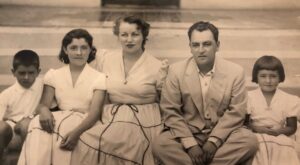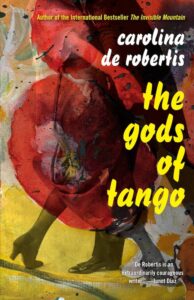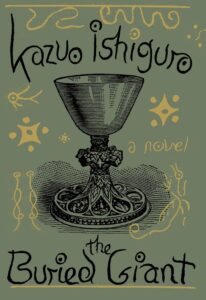Other Work
Is there such a thing as “the Latino voter”?
My father, a Peruvian, was something of a Republican, even when he wasn’t yet a citizen of the United States. For the first 15 years of my parents’ marriage, in Peru, he was mostly concerned with the careening allegiances of his own countrymen: the gaping divide between the elites and the poor; the wild, destabilizing vacillation between right wing and left wing in Latin America; the perpetual pendulum swing between oppression and revolution.
Read MoreNever before have things seemed so hard for Hispanics. The signals are stark and dire: A drowned father, cradling a dead daughter. A lone mother, defending herself against an armed Border Patrol agent, with a terrified toddler at her side. A diatribe hectoring whites to purge the country of a rising brown tide. A Walmart in El Paso, strewn with the dead. Caravans of the hopeful willing to suffer indignities, splinter their families, cower in cages, risk life itself for a distant dream.
Read MoreArana’s Review of “The Gods of Tango: A gender-bending tale of music and love” by Carolina De Robertis
Times change. A century ago, Pope Pius X issued a pastoral letter against the tango, condemning it as degenerate, immoral, pagan. Today, Pope Francis insists that he likes it, that it lives deep inside him, that he often danced it in Argentina as a young man. Punctuating this striking reversal of opinion, hundreds of tango dancers flash-mobbed St. Peter’s Square on the pontiff’s birthday in December, twirling around on the cobblestones of the Via della Conciliazione in what the Catholic Church once would have called an obscene act. “I see the ‘tangeros’ are here,” Francis exclaimed, greeting the dancers with an amiable welcome.
Read MoreY sin embargo, cuando Marie viajó a esta cima de montaña tóxica y poco oxígeno, conoció a Senna, una joven cuya pasión por la poesía y determinación para ir a la escuela contrastaban sorprendentemente con la miseria a su alrededor. Ella era ideal para “Girl Rising”. Marie completó el guión sobre Senna en la primavera de 2012 y el segmento se rodó a finales de mayo. Senna es la única representante de América del Sur en esta película escrita por 9 autoras sobre 9 niñas en 9 países de todo el mundo.
Read More“Now I’m a mother and a married woman,” begins Bianca, the narrator of this account, “but not long ago I led a life of crime. My brother and I had been orphaned. Somehow that justified everything. We didn’t have anyone. And it all happened overnight.”
Read MoreThere are authors who write in tidy, classifiable, immediately recognizable genres — Jane Austen, Alexandre Dumas, William Faulkner, Gabriel García Márquez, to name a few — and then there are those who adamantly do not. These others can surprise us with story lines and settings that are guises to be worn and shucked after the telling. Masters of reinvention, they slip from era to era, land to land, changing idioms, adapting styles, heedless of labels. They are creatures of a nonsectarian world, comfortable in many skins, channelers of languages. What interests them above all in their invented universes is the abiding human heart.
Read MoreNow, in a twist straight out of a Saramago novel, a traveler begins long after his life is over. “Skylight,” a manuscript penned in the 1940s and stranded in an editor’s drawer for almost 40 years, has just been published in translation. In it, we see what Saramago called “the green that preceded the harvest” — the beginning of his brilliant, Nobel Prize-winning career.
Read MoreNestled into the title of Haruki Murakami’s new novel are the words “Years of Pilgrimage.” It’s a common enough catchphrase for a coming-of-age story, and easy enough to dismiss as mere packaging. But as we peel the onion of this remarkable novel — as it takes us on a spellbinding descent through the rings of hell in Tsukuru Tazaki’s young life — that spectral phrase takes on new meaning.
Read MoreIf America has a Victor Hugo, it is Amy Bloom, whose picaresque novels roam the world, plumb the human heart and send characters into wild roulettes of kismet and calamity. Her best known work, “Away,” was an epic adventure set in the early 20th century. In it, a Jewish mother survives a devastating Russian pogrom, comes to America, becomes…
Read MoreIt is a measure of our distraction that Sebastian Barry — one of the best writers in the English language — is not better known in this country. His soul-wrenching narratives and incantatory prose rival those of British novelists who are far more famous on these shores: Ian McEwan, Hilary Mantel, Kazuo Ishiguro. But whereas those artists write…
Read More






